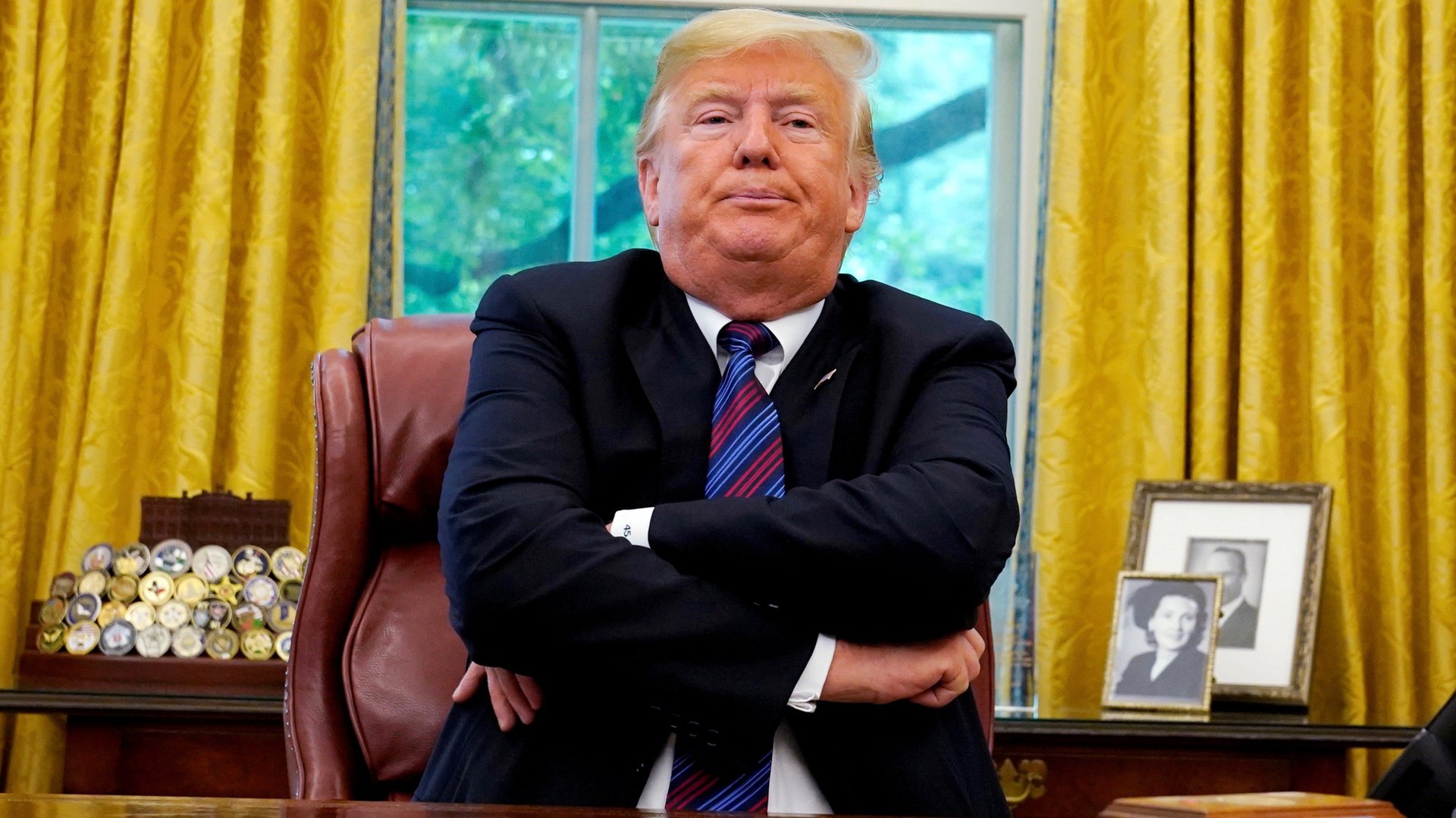An actually smart lesson on leadership from Donald Trump
Donald Trump has a unique leadership style, to put it politely. You probably shouldn’t copy much of what he does. Yet he has had one very good idea that every leader should consider.


Donald Trump has a unique leadership style, to put it politely. You probably shouldn’t copy much of what he does. Yet he has had one very good idea that every leader should consider.
Trump’s best idea was one he had before he was even elected—in fact, it may have clinched the presidency for him, according to Georgetown University Law Center constitutional law professor Randy Barnett.
In 2016, as a presidential candidate, he presented Americans with a list of his 25 picks for prospective Supreme Court justice. This compilation reassured Republicans that Trump, who is most definitely not a lawyer and never played one on TV, could be relied upon to appoint justices party stalwarts would approve.
More importantly, it informed all Americans.
“The list is nice,” Barnett tells Quartz. “Every candidate should have one.” Regardless of political party, creating a list clarifies a process that was once shrouded in mystery. It lets the people know what to expect.
Barnett believe that it’s important for a candidate to indicate the judicial philosophy a president seeks in judges—their approach to the law and notions of a judge’s role. The list allows people who are interested in the high court to study potential picks and get a sense of what might be in store.
The same principle can apply to any organization. Compiling a list of potential candidates for important positions in a business or institution illuminates a leader’s thinking, provides transparency and guidance to colleagues, and can be extremely practical in times of transition. And thinking about the list, as a manager or at any point in a career, can help you to clarify and frame your own thinking so that you know better what exactly it is you seek. It’s also an opportunity to talk to experts who can help you hone your approach or offer helpful suggestions.
For example, Trump’s list was created with the aid of the Federalist Society, which favors originalists—judges who look to the text of the US constitution for guidance on interpreting the law. Whether or not that’s a judicial philosophy you approve, knowing what a prospective president’s looking to do on the high court is informative. For this reason, Barnett calls the list a “tremendous improvement” over the previously existing method—leave everyone guessing until after the president is elected and presented with the opportunity to nominate a justice.
Transparency is critical because selecting a Supreme Court justice—or two, in Trump’s case—is one of the most important decisions a commander-in-chief makes. Justices sit on the bench many years after the president has been replaced. They are a president’s legacy.
Likewise, if corporate managers and leaders pick the right people, employees you hire for key positions could be around long after you’ve moved on.
Make your mark thoughtfully.